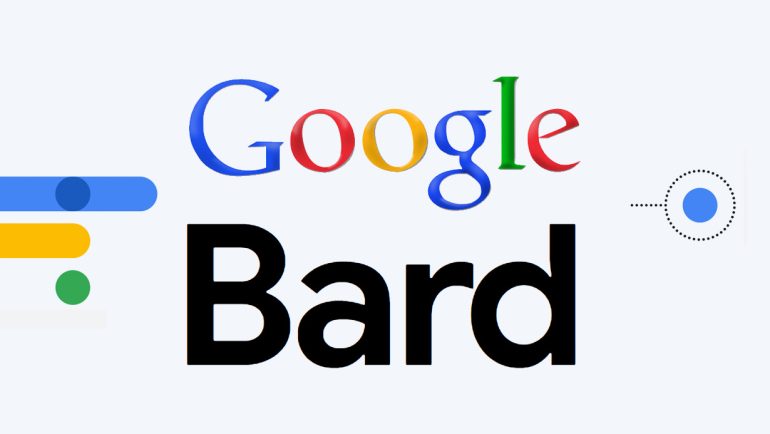- Google’s AI chatbot, Bard, enhances mathematical capabilities and integrates with Spreadsheets.
- Bard now employs implicit code execution alongside the Big Language Model (LLM) for improved reasoning.
- This evolution enables Bard to autonomously generate and execute Python code in response to computational queries.
- Internal assessments reveal a 30% increase in accuracy for computation-based responses.
- Despite advancements, Bard’s proficiency may encounter occasional limitations or errors.
- Users can now directly export tables to Spreadsheet for seamless data manipulation.
Main AI News:
Google continues to elevate the sophistication of its Artificial Intelligence (AI) chatbot, Bard, by enhancing its reasoning and mathematical prowess.
In a bid to achieve this objective, Bard is transcending reliance solely on the Big Language Model (LLM) and embracing a new approach known as implicit code execution.
Traditionally, LLMs like Bard functioned primarily as prediction engines, generating responses by forecasting the likely sequence of words in a sentence. While effective for tasks such as email and essay composition, this method proved less reliable for computational tasks, often leading to errors.
With the adoption of implicit code execution, Bard now identifies queries necessitating computational operations, formulates corresponding logical codes, executes them, and integrates the outcomes to deliver more precise responses.
This evolution enables Bard to autonomously generate and execute Python code in the background, catering to user inquiries involving computations like determining prime factors or reversing character sequences.
Jack Krawczyk, Bard’s Product Leader, and Amarnag Subramanya, Technical Vice President of Bard, noted in a recent company blog post dated Thursday, June 8th, that this approach has boosted Bard’s accuracy in handling computation-based queries within their internal evaluation dataset by approximately 30 percent.
Despite these advancements, Bard’s proficiency isn’t infallible. Instances may arise where the chatbot fails to generate codes promptly, produces incorrect code, or neglects to incorporate executed code in its responses.
Krawczyk and Subramanya underscored the significance of bolstering Bard’s structured and logic-driven capabilities, emphasizing its pivotal role in enhancing utility.
Moreover, Bard now facilitates seamless data transfer by enabling users to directly export tables to Spreadsheet in response to commands. This functionality empowers users to commence editing the data instantly, eliminating the cumbersome manual copying process and mitigating the risk of formulation or data loss.
Conclusion:
Google Bard’s advancements signify a significant leap in AI-driven computational capabilities and seamless data integration. This development not only enhances Bard’s utility but also underscores Google’s commitment to providing efficient and reliable AI solutions. For businesses, this means access to more accurate and versatile AI tools for computational tasks and data management, potentially streamlining workflows and enhancing productivity.

